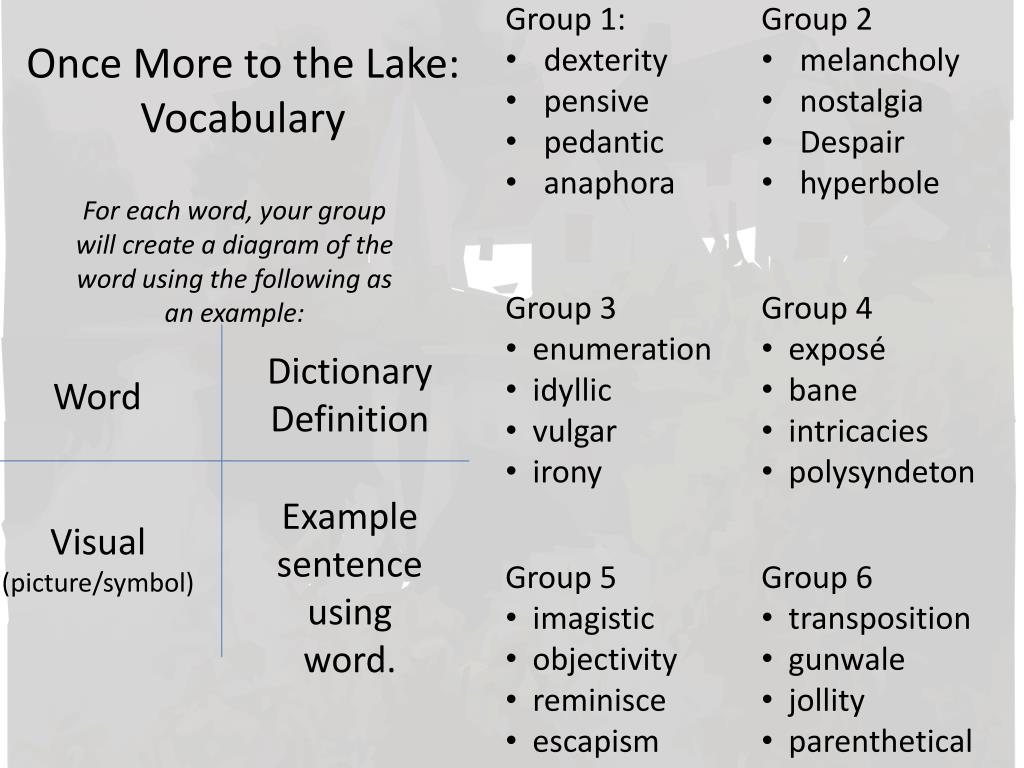

Many lakes form as a result of volcanoes. Lake Baikal was also formed by the movement of tectonic plates. When these movements occur near the ocean, part of the ocean may be trapped by a new block of land thrust up from below the Earth’s surface. These faults make natural basins that may fill with water from rainfall or from streams flowing in the basin.

When the crust breaks, deep cracks, called faults, may form. Some lake basins form where plate tectonics changed the Earth’s crust, making it buckle and fold or break apart. Many lakes in North America, including the Great Lakes, were created primarily by glaciers.

state of Minnesota is nicknamed “The Land of 10,000 Lakes” because of the number of glacial lakes. Many areas of North America and Europe are dotted with glacial lakes. These materials sometimes formed dams that trapped water and created more lakes. Glaciers also carved deep valleys and deposited large quantities of earth, pebbles, and boulders as they melted. When the glaciers melted, water filled those depressions, forming lakes. The huge masses of ice carved out great pits and scrubbed the land as they moved slowly along. Many lakes, especially those in the Northern Hemis phere, were formed by glaciers that covered large areas of land during the most recent ice age, about 18,000 years ago. How Lakes Are Formed All lakes fill bowl-shaped depressions in the Earth’s surface, called basins. Surrounding the Great Salt Lake are salt flats, areas where the lake has evaporated, leaving only stretches of white salt. state of Utah, is the largest saline lake in North America. This is because as the water evaporates, it leaves behind solids-mostly salts. Closed lakes usually become saline, or salty. If water only leaves a lake by evaporation, the lake is closed. If water leaves a lake by a river or other outlet, it is said to be open. The water in lakes comes from rain, snow, melting ice, streams, and groundwater seepage. It is more than 395 meters (1,300 feet) below sea level. The lowest lake is the Dead Sea, between Israel and Jordan. It is about 3,810 meters (12,500 feet) above sea level. One of the highest is Lake Titicaca, in the Andes Mountains between Bolivia and Peru. Lakes exist at many different elevations. Other lakes are so shallow that a person could easily wade across them. Although Lake Baikal covers less than half the surface area of Lake Superior-one of North America’s Great Lakes-it is about four times deeper and holds nearly as much water as all five of the Great Lakes combined. Its bottom is nearly 2 kilometers (more than 1 mile) below the surface in places. The world’s deepest lake is Lake Baikal, in Russia. The Caspian Sea, in Europe and Asia, is the world’s largest lake, with an area of m ore than 370,000 square kilometers (143,000 square miles). Other lakes are so big that they are called seas. Such small lakes are often referred to as ponds. Some measure only a few square meters and are small enough to fit in your backyard. They are found on every continent and in every kind of environment-in mountains and deserts, on plains, and near seashores. There are millions of lakes in the world. A lake is a body of water that is surrounded by land.


 0 kommentar(er)
0 kommentar(er)
